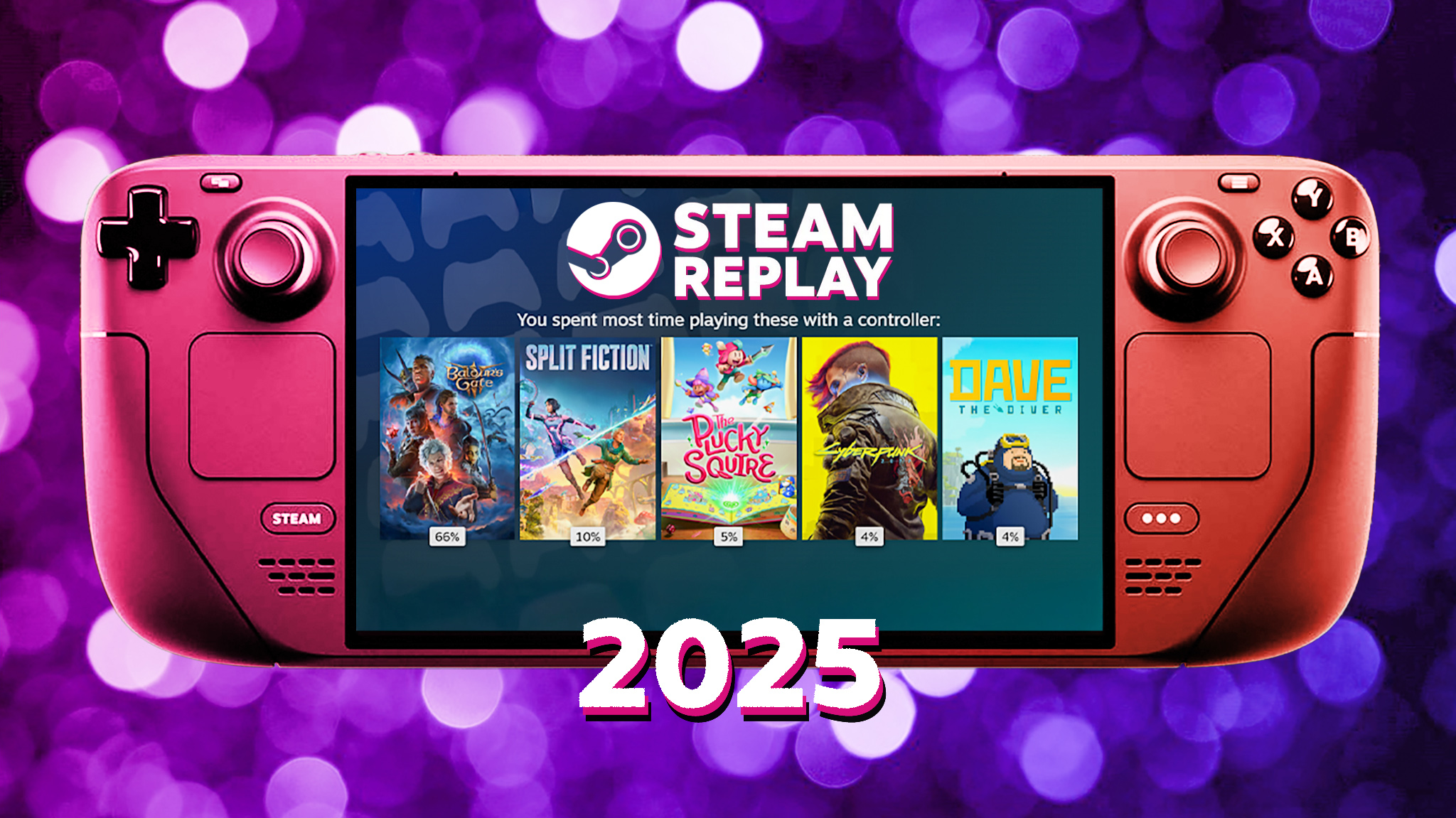Intel takes to Computex 2019 with new dual-screen laptop prototypes
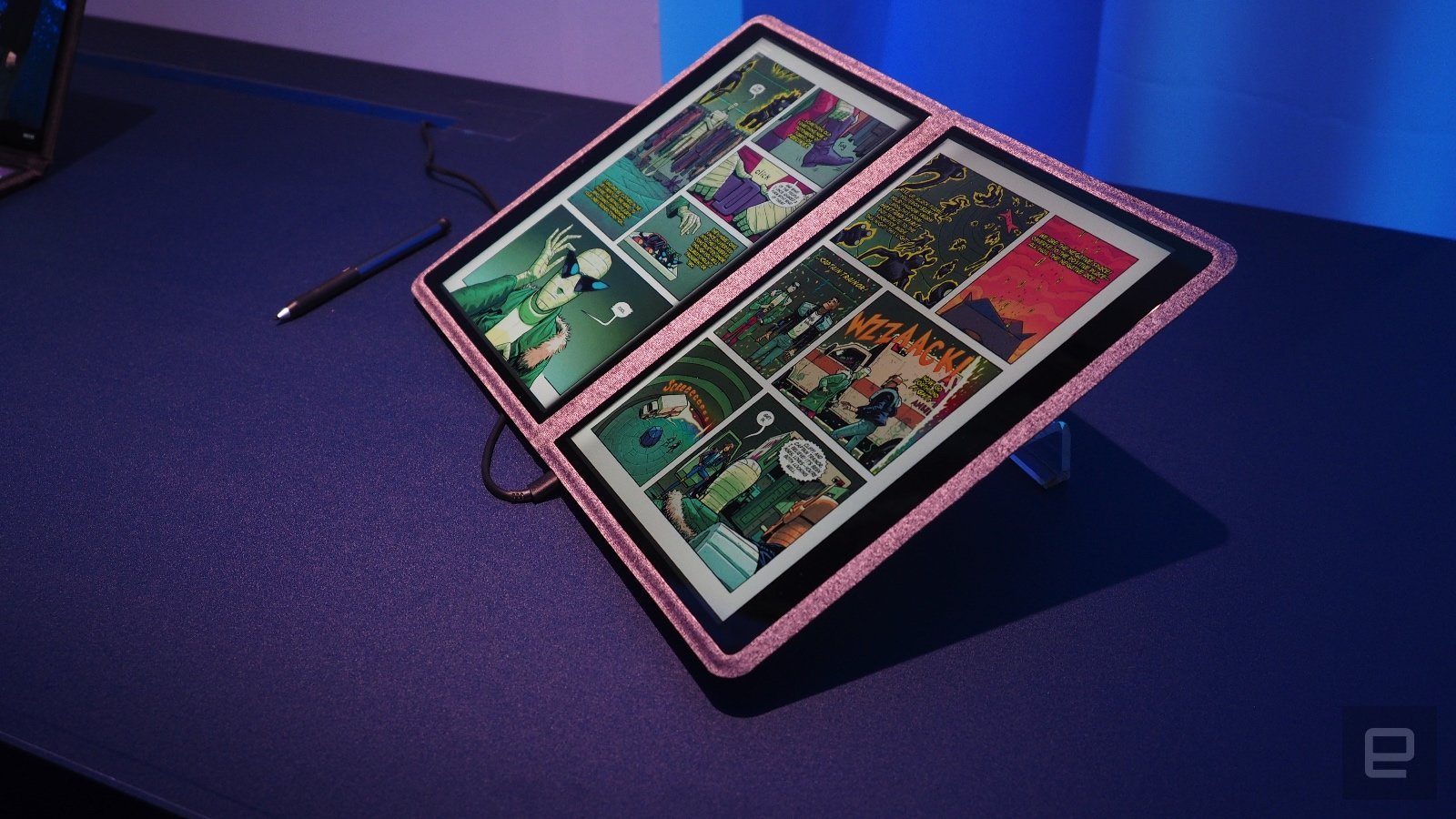
What you need to know
- Intel had two new dual-screen laptop prototypes to show off at Computex 2019.
- Codenamed Honeycomb Glacier and Twin Rivers, both prototypes take different approaches to the dual-screen idea.
- While Intel is a chip maker and won't ship these devices themselves, they're meant to act as ideas for PC makers like Dell and HP to experiment with.
Intel is no stranger to prototyping dual-screen devices; the company dipped its toes in the water with its Tiger Rapids device at Computex 2018. At Computex 2019, however, the company came armed with two new prototypes that take pretty different approaches to the dual-screen concept.
Engadget got some hands-on time with both prototypes, dubbed Twin Rivers and Honeycomb Glacier, respectively. The Twin Rivers concept is almost entirely focued on taking full advantage of twin displays, with one fully replacing the area where the keyboard would normally lie. Honeycomb Glacier, meanwhile, is a little more focused on gaming with a design that appears strikingly similar to ASUS' new ZenBook Pro Duo, but with the added ability to prop both displays up with an extra hinge.
On Twin Rivers, Intel opted to go with two 1920x1280 screens that can be configured like a traditional convertible, rotating between laptop mode and tent mode. And while you can type on the bottom screen with a virtual keyboard, Intel has also created a thin Bluetooth keyboard that can be placed on top of the bottom screen when you need to get some work done. The bottom screen also makes use of a digital trackpad for controlling your mouse cursor.
Impressively, Twin Rivers is wrapped in a fabric covering that Engadget says "makes the device feel like it has a book cover." When you hold the device in portrait orientation, Engadget says that the screens adjust to mimic a book as well, with Intel showing the feature off with a comic book reader and recipe app.
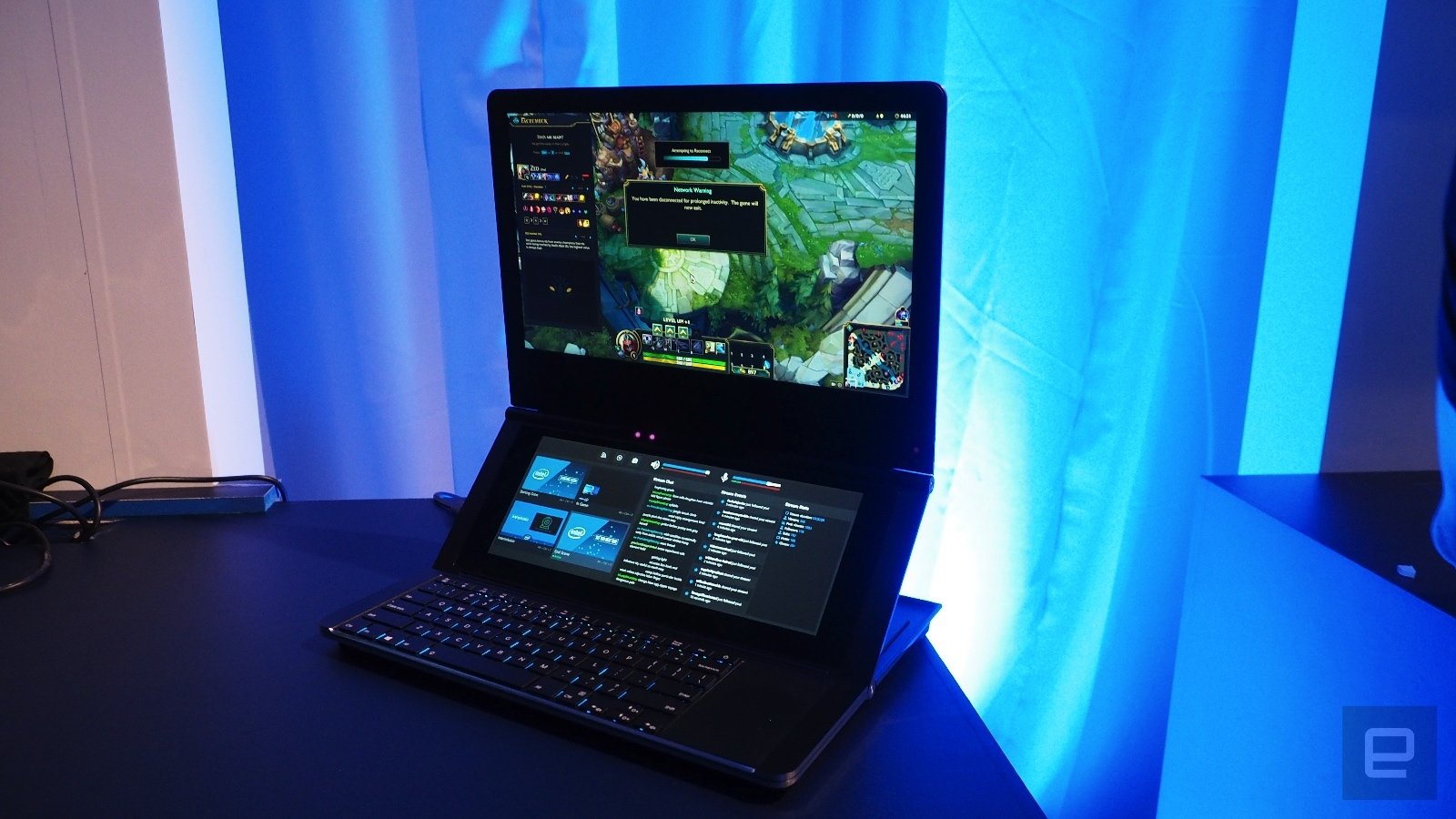
The Honeycomb Glacier prototype, meanwhile, very much looks like a traditional laptop at first glance. You've got the main 15.6-inch display, but Intel has also added a 12.3-inch display just above the keyboard. Developed with gamers in mind, Intel showed off how gamers could play on the main screen while keeping chat apps like Discord or streaming apps up on the lower screen. Intel also makes clever use of Tobii eye tracking to monitor where your eyes are and transition keyboard input to the apps you're looking at.
What really stands out with Honeycomb Glacier, however, is its second hinge. The main hinge is still used to open and adjust the primary display. A secondary hing, however, sits just below the second screen, allowing you to prop both displays up from the base of the laptop. This has the effect of bringing each display closer to you while making the secondary display a little easier to glance at.
It's worth keeping in mind that both of these are simply prototypes and Intel, as a chip maker, isn't going to be manufacturing and selling these laptops. However, Intel's PC partners like ASUS, HP, and Dell can take the ideas Intel is experimenting with here and run with them, so we could see them implemented in some form in the coming years in laptops hitting the market.
All the latest news, reviews, and guides for Windows and Xbox diehards.
These prototypes also mesh well with Intel's Project Athena, which, similar to its "Ultrabook' initiative several years ago, Intel is using as a platform to push the PC industry forward with new device types and capabilities.
Affordable accessories that'll pair perfectly with your PC
Every one of these awesome PC accessories will enhance your everyday experience — and none cost more than $30.
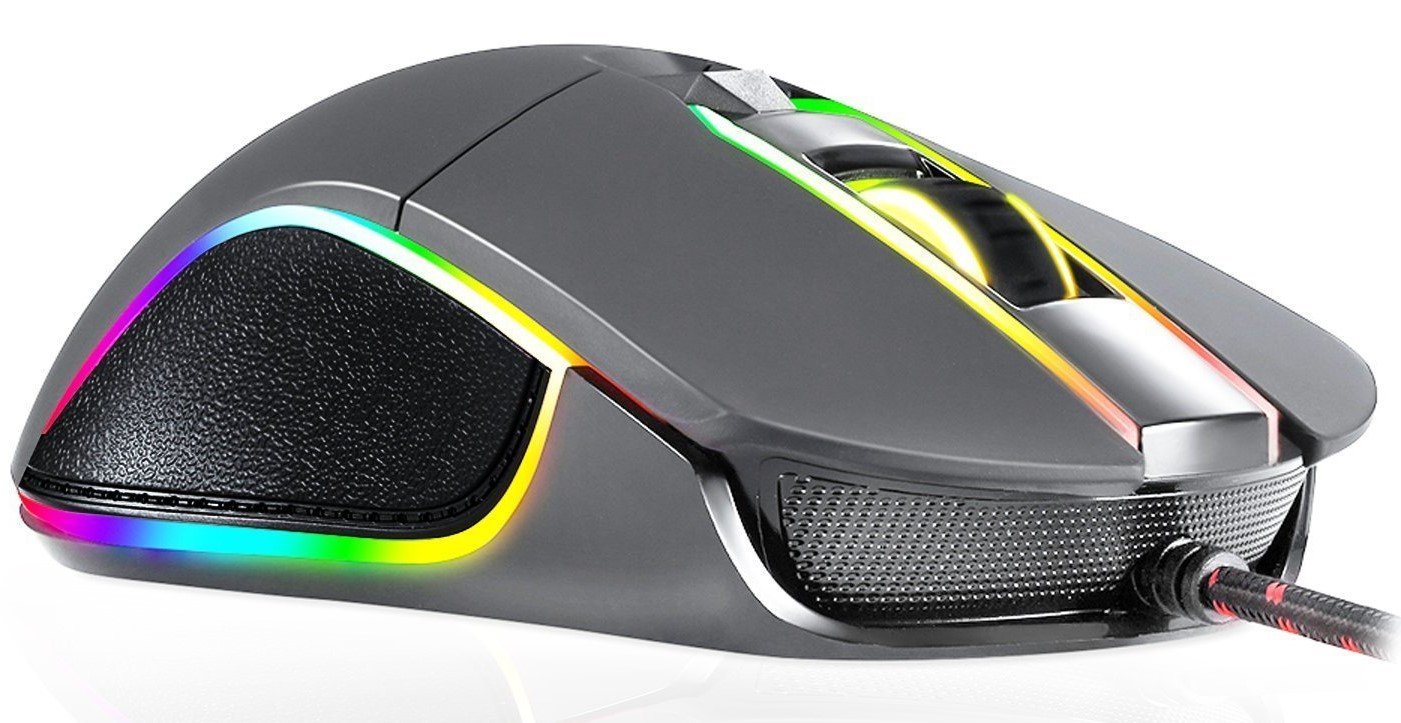
KLIM Aim RGB gaming mouse ($30 at Amazon)
Whether you're a gamer or not, this is an absurdly good mouse for the price. It's ambidextrous, has a responsive sensor, a braided cable, tank-like build quality, and, yes, it has RGB lighting, though you can turn it off if that's not your thing.
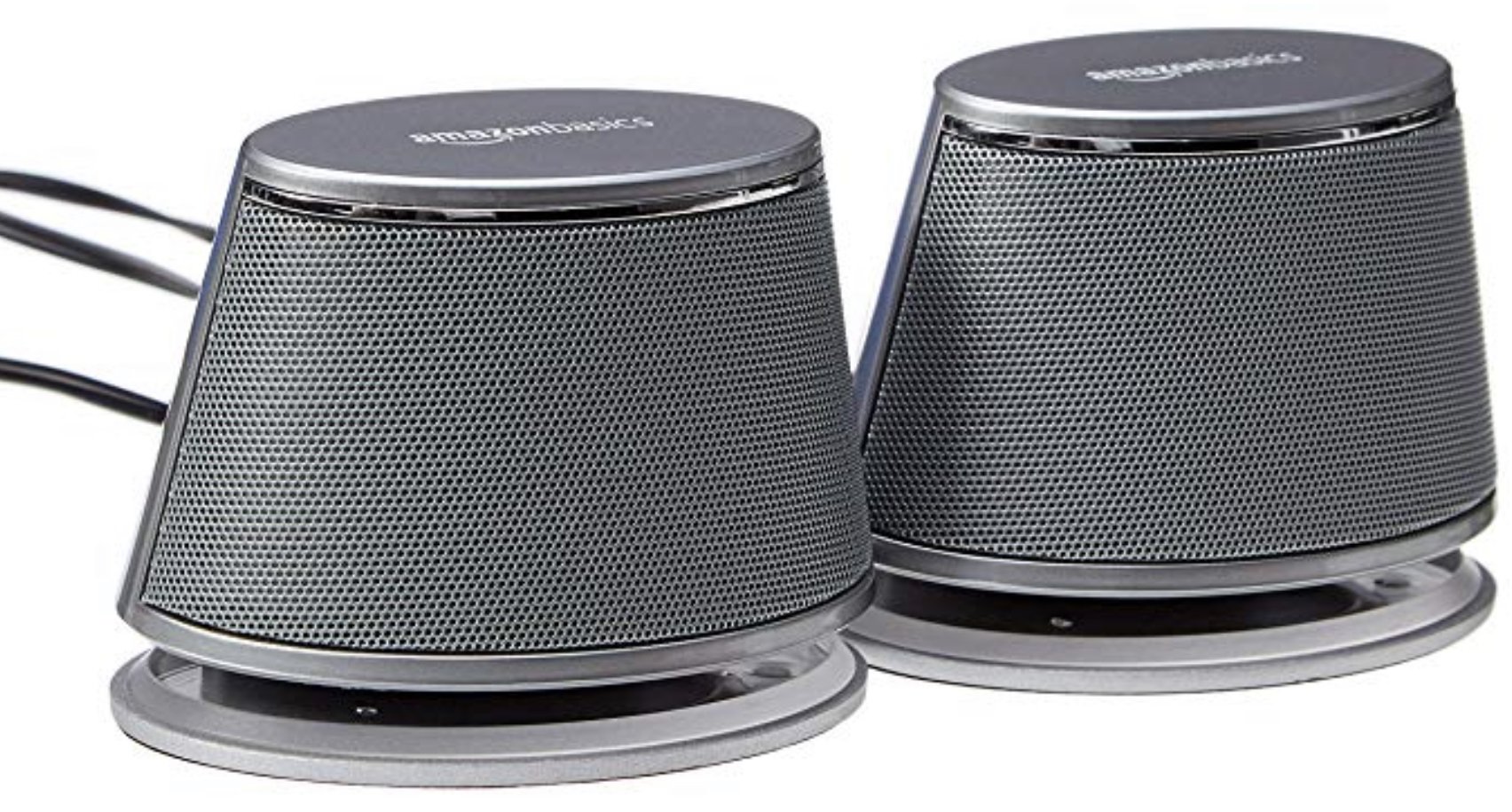
AmazonBasics USB speakers ($16 at Amazon)
These neat little speakers may only pack 2.4W of total power, but don't let that fool you. For something so small you get a well-rounded sound and a stylish design. And they only cost $16.
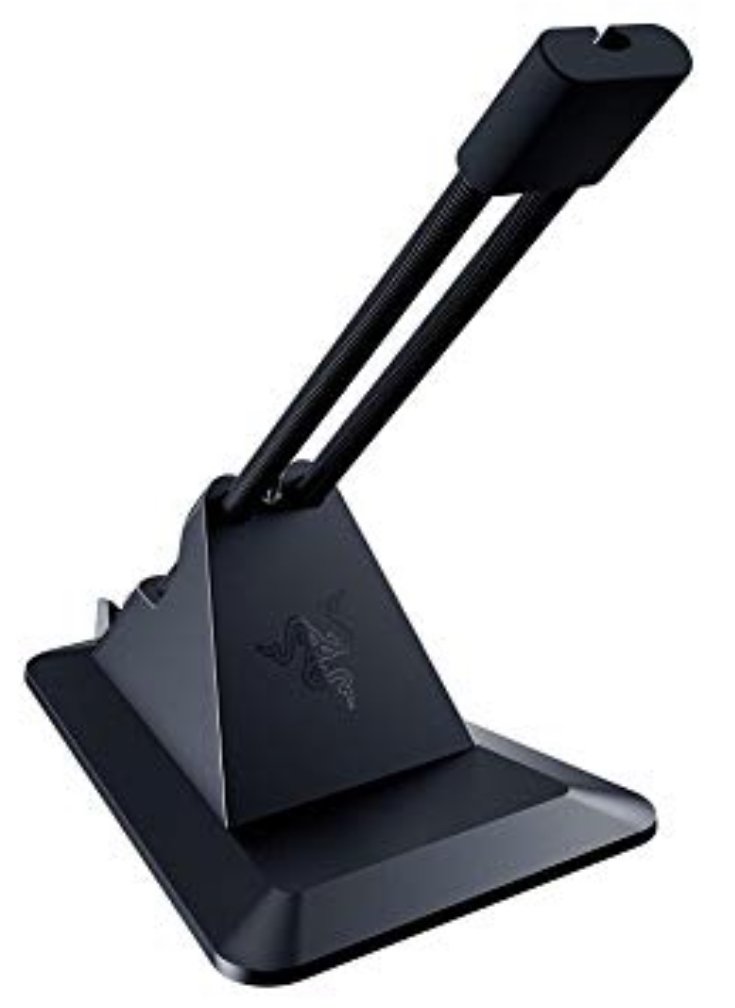
Razer mouse bungee ($20 at Amazon)
Use a wired mouse? You need a mouse bungee to keep your cable tidy and free of snags. You get no drag on the cable, and this one has subtle styling, a rust-resistant spring and a weighted base, all for $20.

Dan Thorp-Lancaster is the former Editor-in-Chief of Windows Central. He began working with Windows Central, Android Central, and iMore as a news writer in 2014 and is obsessed with tech of all sorts. You can follow Dan on Twitter @DthorpL and Instagram @heyitsdtl.
